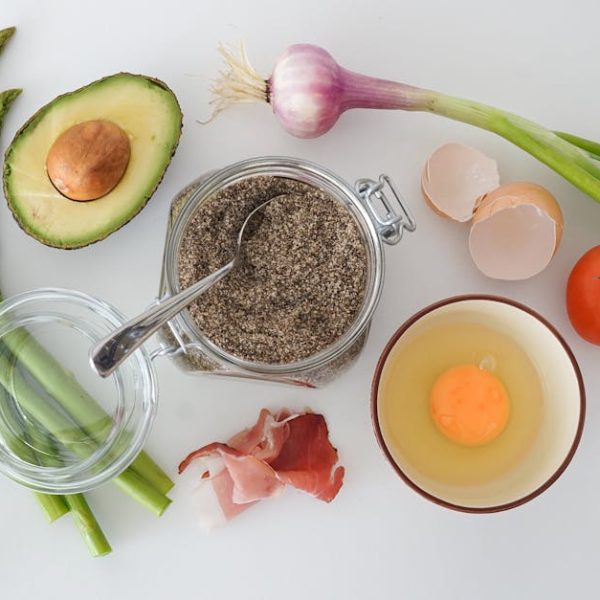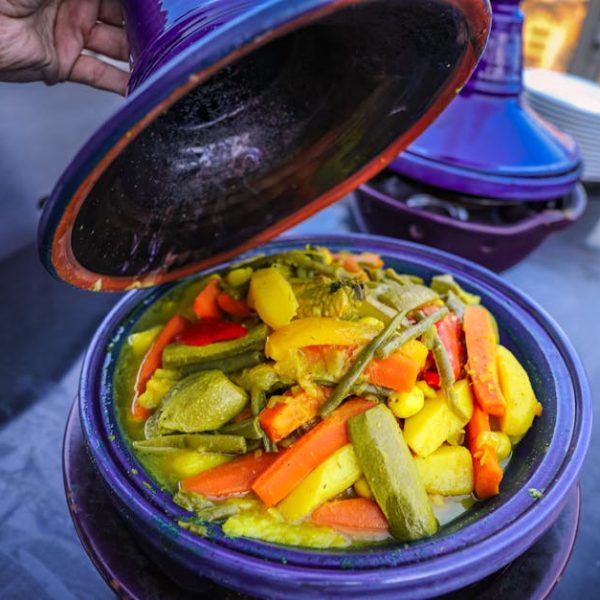As greens enthusiasts, you are undoubtedly familiar with the familiar choices available in your local market: Iceberg and Romaine lettuce. But what’s the difference? Knowing the characteristics, nutritional value, usage, and growth process of these two types of lettuce can help you choose which one best suits your culinary needs and lifestyle.
Iceberg and Romaine lettuce may appear similar, but they diverge distinctively in nutritional makeup, taste, and functionality in dishes.
Nutritional Values of Iceberg and Romaine Lettuce
When it comes to nutritional composition, both Iceberg and Romaine lettuce are low in calories, but they do vary in nutrient content. Romaine lettuce stands out on the vitamin front, especially rich in vitamins A, C, and K. It also offers a good source of folate and iron. Iceberg lettuce, on the other hand, contains lesser amounts of these nutrients but is still a decent source of vitamins A and C.
For fiber content, both types are very similar, helping to add bulk to your diet without contributing significant calories.
Iceberg Lettuce: Characteristics and Uses
Iceberg lettuce, known for its crisp texture and mild flavor, is distinctive with its pale green, almost white, crisp heads. It’s often chosen as the starlett in salads and coleslaw for its crispiness, chill, and crunch rather than its flavor. It’s generally used in salads, sandwiches, and wraps, where its refreshing crunch balances out other textures.
However, iceberg’s nutritional profile is not as potent as romaine’s, and its light color gives a visual cue to its lesser nutrient density than darker green vegetables.
Romaine Lettuce: Characteristics and Uses
Romaine lettuce stands out with its long, crisp leaves that carry a robust flavor. With a more earthy taste compared to iceberg lettuce, romaine is often the favored choice for those looking for a more flavorful salad green. Romaine lettuce is commonly used in Caesar salads, Greek salads, wraps, and sandwiches.
Holistically, Romaine lettuce is generally a nutritionally superior choice, offering more vitamins and minerals. However, its stronger flavor may not suit all palates or culinary uses compared to iceberg’s more neutral taste.
Culinary Considerations: Iceberg vs. Romaine Lettuce
Both iceberg and romaine lettuce have their spots in the culinary world. The choice between the two often comes down to the type of dish you’re preparing and the flavors and textures you’re aiming for.
For instance, iceberg lettuce is the excellent choice for dishes that require a refreshing, crunchy component without a strong lettuce flavor. In contrast, romaine lettuce, with its robust flavor, is preferable when the greens’ taste is a highlighted component of the dish.
Growth and Availability of Iceberg and Romaine Lettuce
Iceberg and romaine lettuce are both readily available year-round at most grocery stores. When it comes to growth, both types are annual plants that grow best in cooler weather. Depending on local climate, it may be possible to grow them both in spring and fall.
When shopping for these lettuces, choose heads that are tightly furled and heavy for their size. Both types should have bright, fresh-looking leaves without any signs of wilting, sliminess, or browning.
Nutritional Values of Iceberg and Romaine Lettuce
Let’s take a closer look at these numbers.
| Iceberg Lettuce | Romaine Lettuce | |
|---|---|---|
| Vitamin A | 10% DV | 82% DV |
| Vitamin C | 5% DV | 19% DV |
| Vitamin K | 18% DV | 102% DV |
| Folate | 7% DV | 34% DV |
| Iron | 2% DV | 5% DV |
| Fiber | 1g | 2g |
Iceberg Lettuce: Characteristics and Uses
Pros:
- Refreshing crunch
- Mild flavor
- Perfect for adding texture to dishes
Cons:
- Lower in nutritional value
- Lacks intense flavor
Romaine Lettuce: Characteristics and Uses
Pros:
- High in vitamins and minerals
- Robust flavor
- Great for salads and wraps
Cons:
- May not be suited for all tastes
- Flavor can sometimes overpower dishes
Pro Tip: To maintain the crispness of your lettuce, store it in the produce drawer of your fridge and try to use it within 10 days.
Culinary Considerations: Iceberg vs. Romaine Lettuce
Here are a few dishes that might inspire your next meal choice:
Iceberg lettuce:
- Classic wedge salad
- Coleslaw
- BLT sandwich
Romaine lettuce:
- Caesar salad
- Greek salad
- Chicken wraps
Growth and Availability of Iceberg and Romaine Lettuce
When selecting either iceberg or romaine lettuce, consider these points:
- Look for heads of lettuce that are compact and firm to the touch.
- The leaves should be crisp, not wilted, and free from any spots or browning.
- Avoid lettuce heads with opened or spreading leaves as this may indicate they are over-matured or damaged.
Conclusively, whether you’re in a toss-up between Iceberg or Romaine, both lettuces have unique characteristics and nutritional offerings that can suit different culinary creations. Happy cooking!






